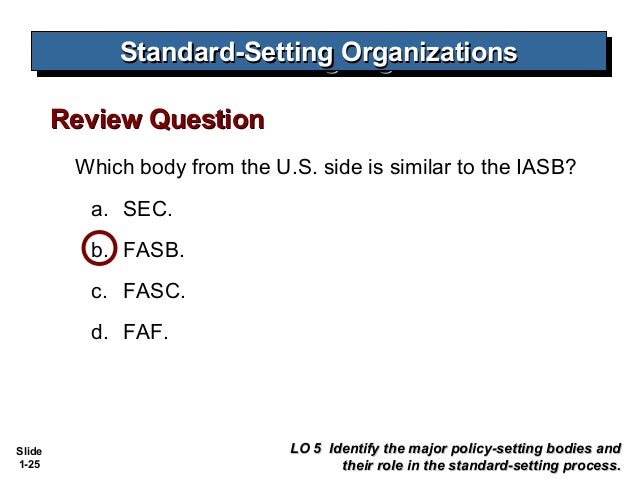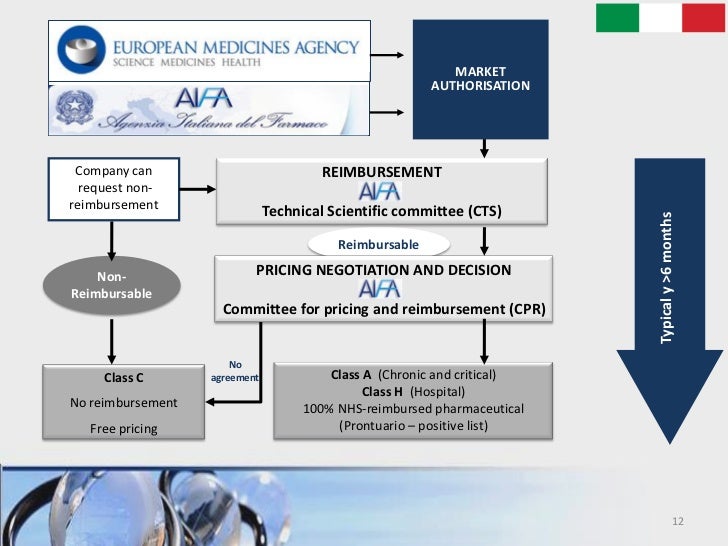
Tools like Process Lasso were developed to try and automatically juggle process priorities but they give mixed results.
#Setting process priority freac update
Even system tasks like Windows Update or Windows Defender can do it from time to time. One higher priority process can slow the system to a crawl by hogging all the CPU. While this is less of an issue with today’s multi-core CPUs, it’s still a problem on laptops or older PCs with fewer cores. Changing the priority of a process is very easy, just right click on it in Task Manager and set it to the level you want. Give the intensive task a lower priority and it will only take the CPU time left over, speeding up the browser. This gives the program a setting while running that tells it how high up in the queue it’s placed when asking for processing time.įor example, if you’re running a processor intensive task such as video encoding, and it has a higher priority than your web browser, it’ll use most of the CPU time and the browser will get what little is left over. Besides Affinity which controls how many processor cores a program can run on, there’s also the priority at which a process runs. To change the priority of a task, you would have to edit its xml file (7), and re-import it.Because Windows is a multitasking operating system it has several ways to manage running processes to help make your computer run more smoothly. Task Scheduler launches tasks by default in Or, you can simply disable WSRM if you are not using it.ĭiscusses more about WSRM policies and configuration. If you find yourself in a similar situation, chances are that you need to review the WSRM configuration and policies in your environment. (wsrm.exe) is a great tool to manage server processor and memory usage with standard or custom resource policies.

So now we know what is causing the priorities to be bumped up, but why? | | | |- wsrm.exe!CProcess::SetPriorit圜lass | | | wsrm.exe!CCPUManager::UpdatePriorities | | |- wsrm.exe!CCPUManager::UpdatePriorities You can see this stack using just our public symbols (path: In WPA, we focused on the stack flow for the process in question (notepad.exe in our example), and found below the stack where we see wsrm.exe calling SetPriorit圜lass() function. Load the output ETL file in WPA (Windows Performance Analyzer, tool that comes with WPR installation)

Wait for few seconds till the priority gets raised from “Normal” to “Above normal” So we followed that route and begin investigating who is calling this That is exactly what happens for a running process’s instance when you opt to adjust its priority from Task Manager. If you are a developer, to adjust your process’ priority from Base Priority (to newer priority), you can use theįunction. Per MSDN these priorities correspond to following classes:Ī process always launches with its Base Priority (default) – which can be decided by the app developer – else will inherit to default NORMAL_PRIORITY_CLASS. Of the following priorities at a given time: So how do you drill it down? Well, we need to check some basic settings first. This would happen for many arbitrary processes, and would not allow a fair CPU scheduling for LOB applications. , and within few seconds the priority would change toĪutomatically.

So recently, one of our customers reported the following anomaly they saw in Task Manager:Ībout 70% of the running processes would launch as The default CPU scheduling algorithm is adequately designed to distribute CPU among running processes in most scenarios. But honestly, how many times have you used this feature for any business apps on your Workstations or Servers? The answer is probably not much.

This is an option where you can choose to boost or reduce the priority of any process, whereby adjusting the amount of CPU attention the process receives. Good morning AskPerf! If you’ve used Task Manager, you may have noticed that it allows setting an “instance-based priority”. First published on TECHNET on Jan 23, 2014


 0 kommentar(er)
0 kommentar(er)
